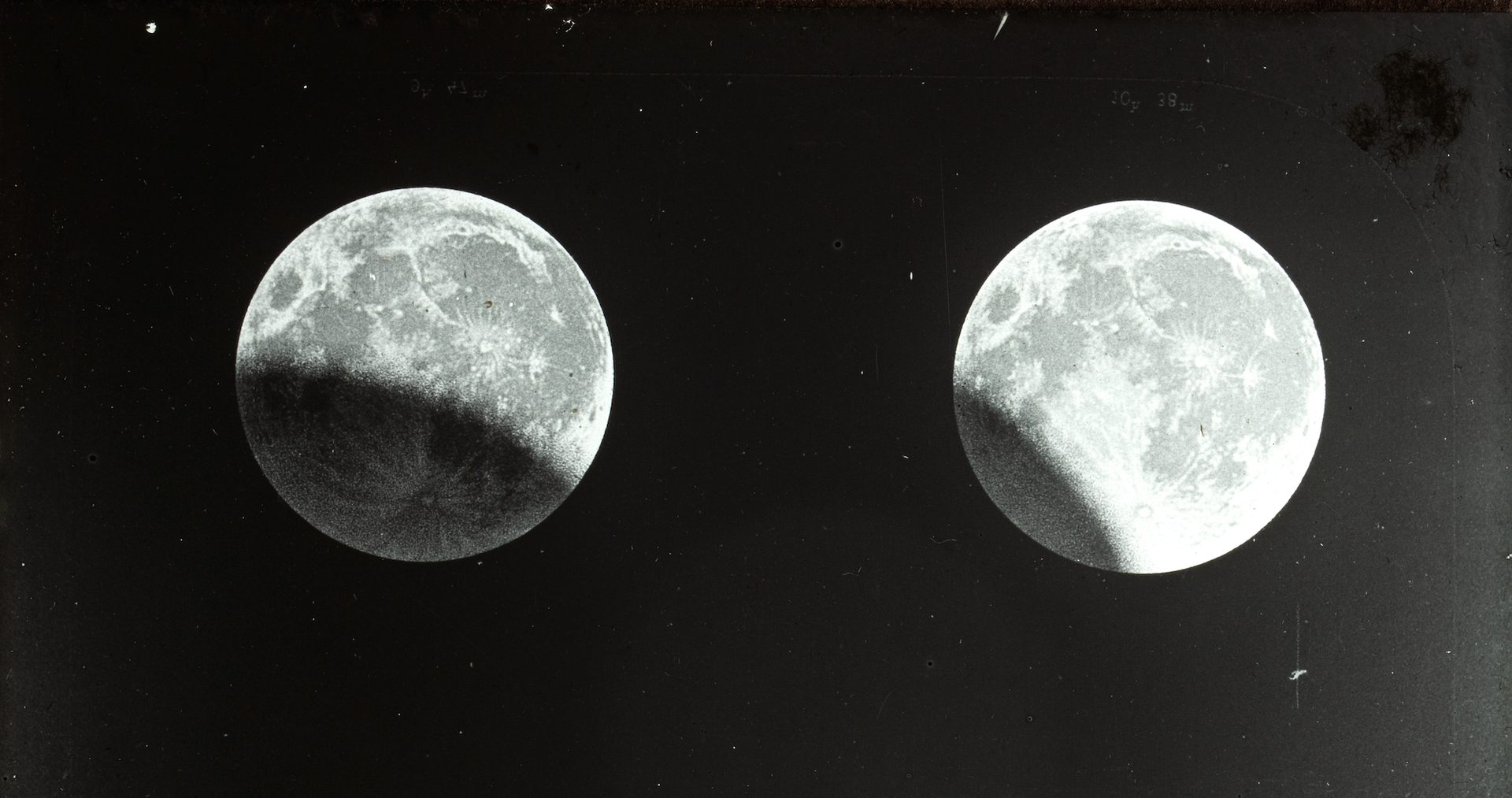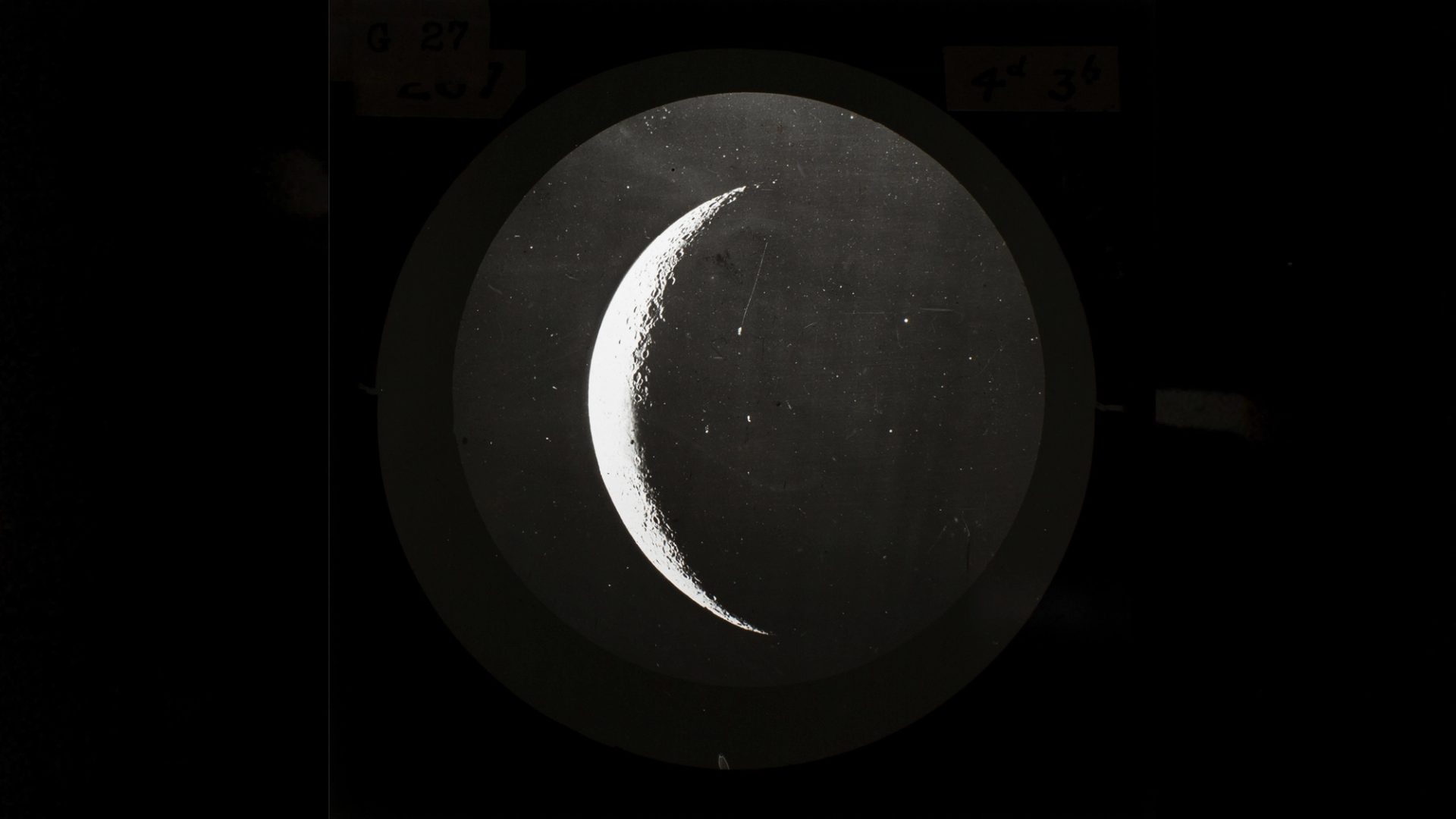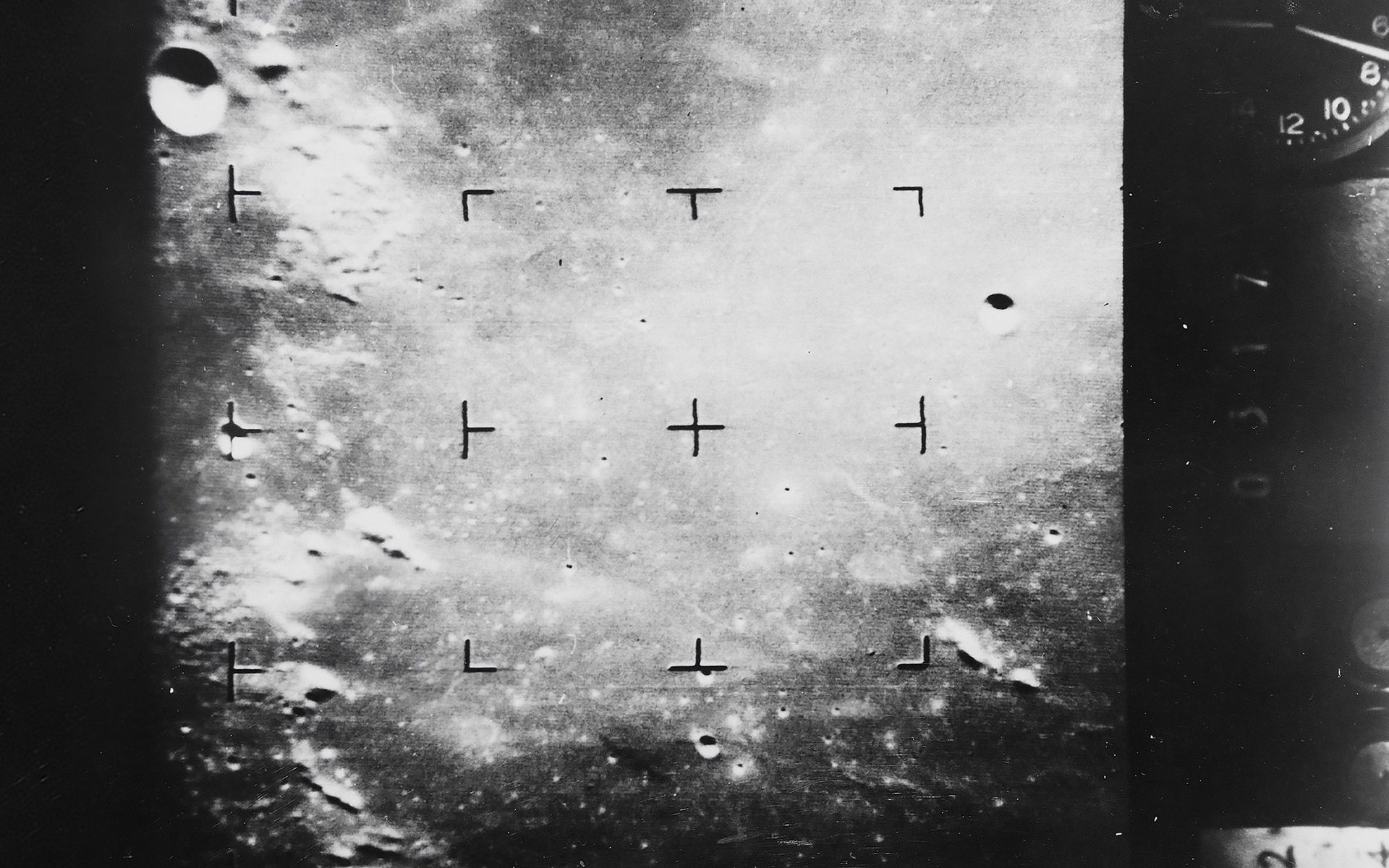Sky Guide May 2024

‘The best time to observe any meteor shower is after midnight, usually a few hours before dawn, so on the mornings of the Monday 6 and Tuesday 7, look toward the east.’
Moon phases
Last quarter Wednesday 1 May 9:27 pm AEST
New Moon Wednesday 8 May 1:22 pm AEST
First quarter Wednesday 15 May 9:48 pm AEST
Full Moon Thursday 23 May 11:53 pm AEST
Last quarter Friday 31 May 3:13 am AEST
Planets
All the planetary action in May is in the morning sky. There are no planets visible in the early evening throughout the month.
Mercury is in the east, moving from Pisces to Aries, with a brief transit through Cetus, just after the middle of the month and then into Taurus at the end of the month. On 6 May, the crescent Moon is above and to the left or north of Mercury.
Venus starts the month low in the east in Aries but fades into the twilight in the middle of the month. On 7 May, a thin crescent Moon is above and to the left or north of Venus.
Mars is in the north-east in Pisces, apart from a brief excursion into Cetus just before the middle of the month. On 5 May, the crescent Moon is above and to the left or north of Mars.
Saturn is in the north-east in Aquarius. On 4 May, the crescent Moon is less than three Moon-widths above Saturn, while on 31 May the Moon, now at last quarter, is above and to the left or north of the planet.

Constellations
Constellations are groups of stars that represent mythological figures, fanciful beasts or old scientific instruments. Some have been used for millennia as a tool to share significant cultural stories and to track the passage of the weeks and months. Today they also help astronomers mark out portions of the sky and locate astronomical objects. Those listed below have been selected for their visibility in the evening up to two hours after sunset as seen from the southern hemisphere.
Boötes the herdsman is low in the north May to August and quite unremarkable apart from its star Arcturus, which is the fourth brightest star in the night sky overall and the brightest in the northern sky. Arcturus is only slightly more massive than our Sun, but its advanced evolution has taken it off the Main Sequence to become a bloated giant 25 times bigger and 170 times brighter, which gives it a golden orange hue at about 37 light years.
Canis Major the Greater Dog is the companion to Orion the hunter. The brightest star in the constellation, Sirius (also known as the Dog Star), is also the brightest in the night sky as it is close to us – only 8.7 light years away or about 82 million million kilometres and 25 times brighter than the Sun. As Sirius sinks in the western sky after sunset it will appear to twinkle and dance as we look through nearly twice the amount of atmosphere as when it is than when high above only a few months ago. In about 64,000 years it will be seen as the southern polar star due to the Earth’s wobbling axis of rotation and the star’s proper motion.
Canis Minor the Lesser Dog is an obscure and small constellation usually ignored in the search for its dominant companion, Canis Major, the Greater Dog. To find its one bright star, face north in March – April and look for Sirius in Canis Major. Roughly one hand span (with your hand at arm’s length) below Sirius is the bright star Procyon. And Procyon is just about all there is to the Lesser Dog! Like many constellations it looks nothing like its name. The star’s name comes from the Greek Prokyon meaning ‘before the dog’ and indeed it does rise before bright Sirius and Canis Major from the latitudes of ancient Greece. Canis Minor and Canis Major together are Orion’s hunting dogs.
Carina the keel and the nearby constellations of Vela (the sails) and Puppis (the stern) were part of the huge constellation Argo Navis, which in Greek mythology carried Jason and the Argonauts in search of Aries the Ram’s Golden Fleece of Aries. In 1756, Nicolas Louis de Lacaille published his catalogue of the southern stars showing Argo Navis divided into the four constellations we see today. Canopus, the second brightest star in the night sky, can be found in Carina and is a white supergiant star about 313 light years away. It is best seen from February to April high in the south.
Centaurus the half man half horse represents the scholarly Chiron, tutor of many of the Greek gods and heroes including Heracles, Achilles and Jason. Its two brightest stars of Alpha – the closest star system to the Sun and Beta Centauri – make up the front legs of the centaur. When used with Crux, they help find south. It also contains the most spectacular globular cluster of all, Omega Centauri NGC 5139. Centaurus was one of the original 48 constellations as mapped by Ptolemy and originally included Crux before the latter was identified separately in the 17th century CE.
Crux or the Southern Cross is the smallest of all 88 western constellations and consists of four bright stars. Along with the nearby pointers of Alpha and Beta Centauri, Crux can be used to find south. Draw an imaginary line from the top of the cross shape through the bottom and across the sky. Midway between the pointers draw a line perpendicular to the line that joins them. Where these two longer lines intersect is close to the southern celestial pole. From this point drop to the horizon to locate south. This technique works at any time of the night, any time of the year. The superb open cluster NGC 4755 (Jewel Box) appears very close to the second brightest star, Beta Crucis.
Gemini the twins with its two bright stars, Caster and Pollux, sits low in the northern sky between Taurus and Cancer and lacks any bright objects of note. It is best known for the Geminid meteor shower that peaks in the early hours of 13–15 December each year, and for hosting both Uranus and Pluto when they were discovered in 1781 and 1930 respectively.
Leo the lion looks more like an upside-down question mark when viewed in the Southern Hemisphere than a lion people see in the Northern Hemisphere. Its brightest star Regulus (Little King) is a system of four tightly bound stars at 79 light years. It was once referred to as one of the four Royal Stars, or guardians of the heavens, because of its proximity to the point in the sky that marked the northern Summer Solstice as seen by Persian astronomers approximately 5000 years ago. Precession of the equinoxes has now moved this point to Cancer the crab. It is host to numerous bright galaxies that can be seen through a modest telescope including the Leo Triplet of galaxies M65, M66 and NGC 3628.
Libra has been recognised historically as either scales or a part of Scorpius where it forms the scorpion’s claws, however the Romans returned it the separate set of scales we are familiar with today. The former association of Libra and Scorpius is reflected in the names of the two brightest stars in Libra: Zubenelgenubi and Zubeneschamali, meaning ‘the southern claw’ and ‘the northern claw’ respectively. Libra is host to the star Gliese 581, the first star identified with an Earth-like exoplanet.
Scorpius the scorpion is one of the easiest constellations to pick out as it is one of the few that does look like what it’s supposed to represent. Among the brightest parts of the Milky Way along with Sagittarius, the red supergiant star Antares (Rival of Mars) marks the heart of the scorpion. From the heart, three stars mark the head and claws while moving the other way shows the body, hooked tail and sting. The scorpion plays a role in many myths; however, it is best known in Greek mythology for its pursuit of Orion through the night sky. Scorpius dominates the sky from June to August when it sits high overhead. It contains the globular cluster M4, the first in which individual stars were resolved approximately 6000 light years away. It also has two open clusters M6 the Butterfly cluster, which is 100 million years old, and M7 the Ptolemy cluster at just 200 million years old.
Virgo the maiden is the second largest of all constellations. Virgo rises in the east in April and sets after sunset by mid-August. It can be most easily found by locating the constellation’s brightest star, Spica. The rest of the figure is composed of relatively faint stars and looks a little like a maiden. It is one of the two constellations in which the ecliptic and celestial equator cross – the other being Pisces. This one marks the current position of the September equinox, the beginning of our Spring in the Southern Hemisphere. It is home to a cluster of galaxies, of which M87 is the largest, at around 60 million light years with a central black hole at least 7 billion times the mass of the Sun. Virgo’s one bright star, Spica, is the 16th brightest in the night sky and about 250 light years away.
Deep sky
Alpha Centauri is a triple star system consisting of Alpha Centauri A and B, and the closest star to our Sun, Proxima Centauri (Alpha Centauri C) at 4.2 light years away. Proxima Centauri is a red dwarf star, only visible through large telescopes, and revolves around the other two stars once every 550,000 years. Two planets have been confirmed in orbit around Proxima: Proxima b and Proxima c. Proxima b is an Earth-mass planet discovered in 2016, which is located within the habitable zone of Proxima Centauri, while Proxima c is a super-Earth exoplanet discovered in 2020, which orbits the star once every 1928 days.
Carina Nebula (NGC 3372) is more than four times larger than the more famous Orion Nebula (M42) seen in summer. Its distance of around 7500 light years disguises its immense size of around 500 light years in diameter. On a moonless night it is a stunning view through binoculars or a telescope as well as being visible to the naked eye. It contains some of the youngest star clusters in the Milky Way as well as a star already coming to an explosive death. The star Eta Carinae is 100-150 times the mass of the Sun and is a dying cataclysmic variable, which is expected to explode as a supernova anytime within the next million years. A supernova precursor eruption in the 1840s temporarily elevated it to the second brightest star in the night sky.
NGC 3293 and NGC 3532 are two stunning open clusters in Carina and both excellent targets for binocular and telescope viewing. NGC 3532 was the first target of the Hubble Space Telescope in 1990. It contains around 150 stars thought to be 300 million years old at a distance of 1300 light years. NGC 3293 is much younger with stars between 6 and 20 million years but around 9000 light years away.
The Ghost of Jupiter (NGC 3342) is a planetary nebula in the largest of all constellations: Hydra the snake. It is the remains of a dying star that has shed its outer layers. In a telescope its apparent size is similar to the planet Jupiter but in reality it is larger than our Solar System. Our Sun is destined to look like this at the end of its life billions of years in the future.

The Jewel Box (NGC 4755) is an open star cluster approximately 10 million years old. It is close to Beta Crucis (Mimosa), the second-brightest star in Crux (Southern Cross) and in binoculars and small telescopes appears as an ‘A’ shape. It is about 20 light years across, and has around 100 stars, most of which are blue and include some blue and red super giants such as DU Crucis which is around 500 times the diameter of the Sun. The Jewel Box is one of the youngest open clusters in our skies with an estimated age of about 14 million years. It lies at a distance of about 6400 light years.
M4 is the closest globular cluster to Earth, at a distance of 5500 lightyears away. M4 is easy to locate, sitting next to the red supergiant star, Antares, in Scorpius. The cluster contains more than 100,000 stars with approximately 40,000 of these being white dwarf stars.
M6 the Butterfly and M7 Ptolemy’s are two open star clusters found near the sting of the Scorpion. M6 is about 1600 lightyears away and M7, about 980 lightyears.
Omega Centauri (NGC 5139) is the brightest and largest of approximately 150 globular clusters orbiting the Milky Way. It is so bright it was labelled as a star on early sky charts by Ptolemy and is one of the few objects in the sky that carries both a star designation and an object catalogue designation. Omega Centauri shines with the luminosity of a million suns and is relatively close to us, only 15,800 light years away. It contains approximately 10 million stars and some theories suggest it could be the remnant core of a galaxy that is merging with the Milky Way.
The Sombrero Galaxy (M104 or NGC 4594) is an almost edge on barred spiral galaxy about 30% the size of the Milky Way, 28 million light years away. Its central black hole is about one billion times the mass of our Sun, which makes it one of the largest black holes found so far in the heart of a galaxy. The Sombrero Galaxy is situated within the constellation Virgo on the border with Corvus. It requires a moderate sized telescope and will appear as a small smoky smudge.
Special Events

Eta Aquariid Meteor Shower appears in Earth’s atmosphere each year around 6 May, when Earth hits the stream of dust left behind by Halley’s Comet. These dust particles are ejected from the comet every 75 years or so when it approaches the Sun in its highly elongated path. The particles from the comet are tiny – between the size of a grain of sand and a grain of rice – and they are light and fluffy, resembling dust balls. However, they are travelling fast, about 64 km per second, giving them enough energy to create the streaks of light we call meteors. These streaks appear about 100 km above our heads and are due to atoms in Earth’s the atmosphere being excited by the impact of the particles. Each impact creates a tube of excited atoms that is less than a metre across but many kilometres long. In 2024 the mornings of Monday 6 and Tuesday 7 May provide a favourable opportunity to view the meteor shower. This is because on both mornings the Moon is a very thin crescent that is not brightening the sky.


Sydney Observatory
Open for pre-booked tours, located on Gadigal land, a national place of connection and scientific research. The site is undergoing heritage conservation works.























